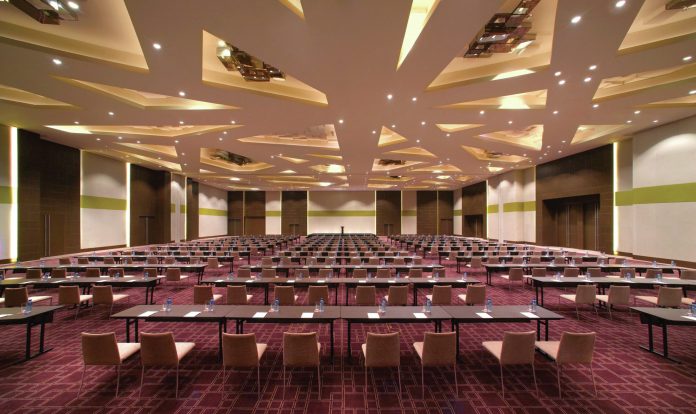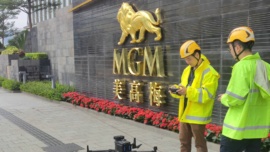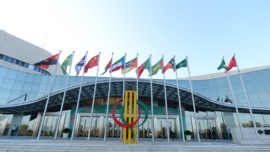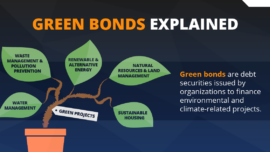The government’s statistical department recently published a report entitled ‘Analysis Report of Statistical Indicator System for Moderate Economic Diversification of Macao 2017.’ It is a positive development and may help to support meaningful and well deserved reflection. The report compiles an extensive set of indicators that can help in that discussion. It collects and brings together elements that may provide a more objective basis for future discussion. It can facilitate a more in-depth analysis, grounded on observed data, facts and trends. It is not a guarantee that we will succeed in setting viable objectives and the policies to achieve them or, ultimately, attain the desired outcome – but it offers a much needed stepping stone.
Agreeing that a broader range of economic activities in the region would be good per se is the easy bit. It is more difficult to achieve a consensus on how to get there, or which degree of diversification would be desirable or attainable. Further confounding discussion of the topic, official documents usually qualify the expression. It is always prefixed by ‘moderate’ – hence, the aim is ‘moderate diversification’. Here we get into immediate difficulties. We don’t know what that means in practical or objective terms. It does not help that the expressions used in Portuguese and English do not match properly, either. We need to start discussing semantics even before we start contemplating policy goals and tools.
The word used in the Portuguese version (‘adequada’) can be more adequately translated as ‘suitable’ or ‘proper’. A moderate diversification, judged by whatever criteria, may be judged as suitable, but the words are by no means equivalent. Others, more qualified for the purpose, might delve further into this discrepancy and decide whether it has any practical implication. And, better still, bring to the discussion the contents of the Chinese version. The point here is solely to highlight how ill defined the concept still is, even after being on the agenda for so long.
The publication of the report may also help to change this state of affairs as it offers an excellent occasion to review past policy options. The government has invested time and resources propping up activities that were perceived as good from a diversification standpoint. The rationale behind the selection of these activities and the analysis supporting the actions taken have not always been totally explicit. But some sectors were prioritised, with measures designed to foster them.
They include the conventions and exhibitions organisation (the so-called MICE sector), traditional Chinese medicine, and growth of the creative industries.
Public money has flowed into many projects and events with the avowed intention of promoting diversification. While all policy options are debatable – and one can ask if this was the best approach – we are past that point now. But it is possibly time to take stock of the actions carried out and to evaluate the outcomes.
Are the mechanisms in place helping or hindering new activities to spring up and stand autonomously? Is it time to think about changes and corrections? Lest we end up encouraging activities that can survive only on public money and, ultimately, become increasingly dependent upon a steady flow of tax revenues from gambling — thus defeating the very purpose of the policy.
























